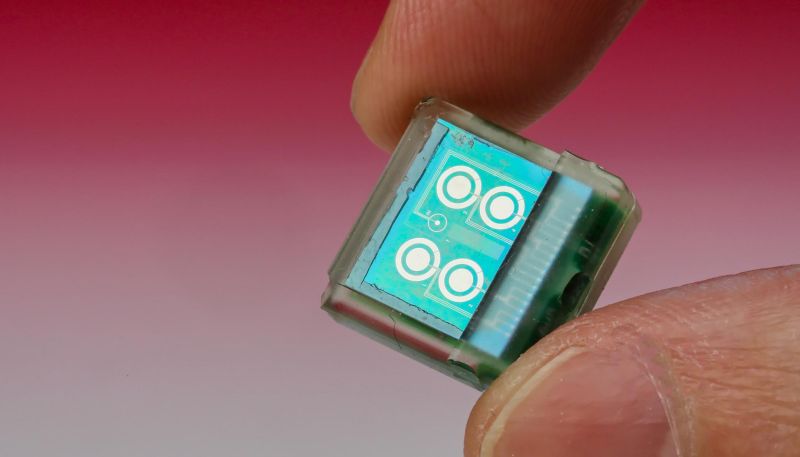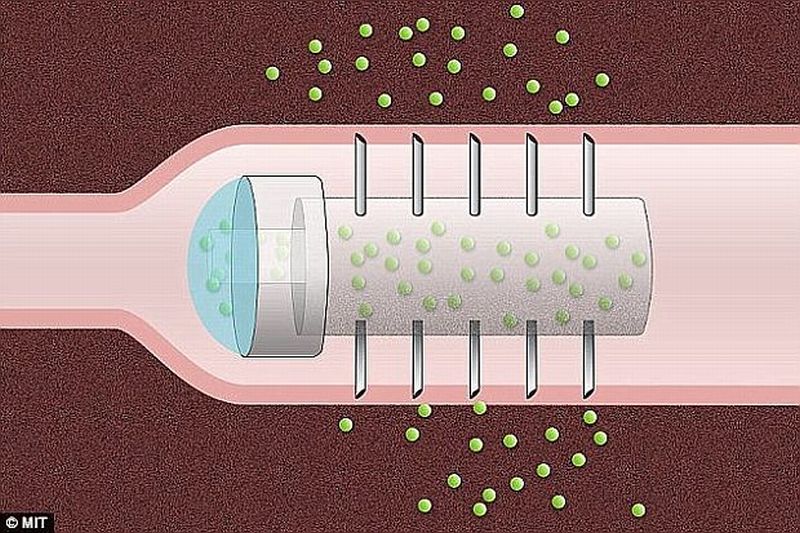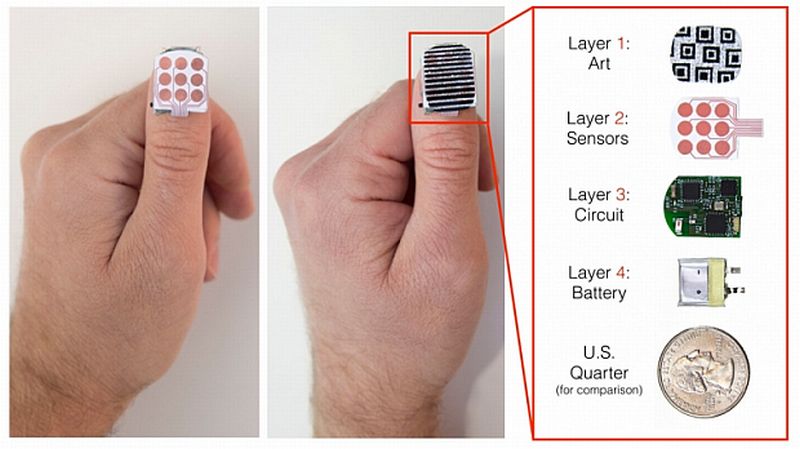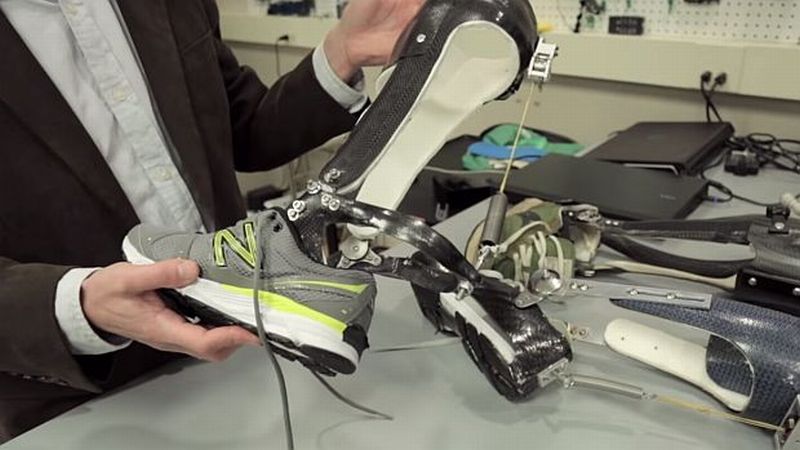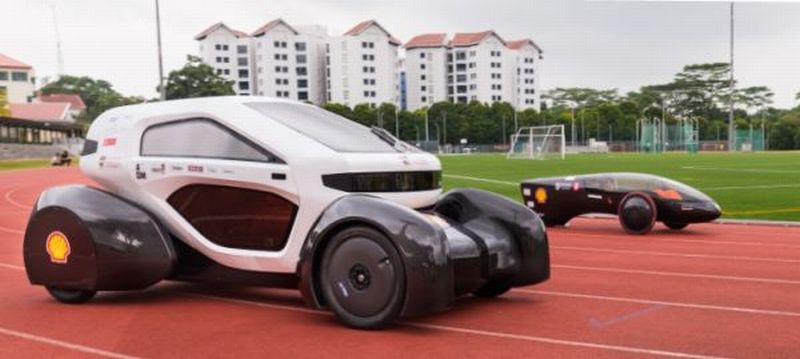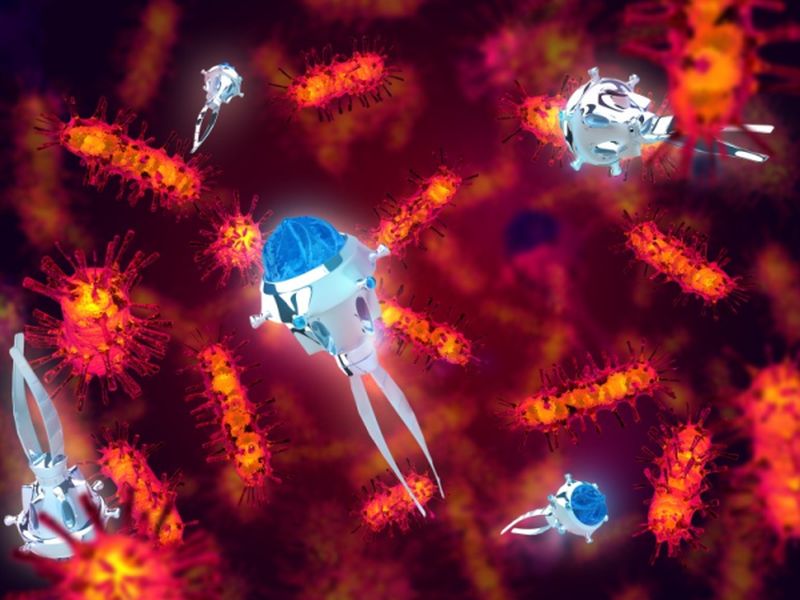In an attempt of re-inventing the future of travel, Spike Aerospace has unleashed the world’s fastest airliner, the S-512 Supersonic Jet. Effortlessly, the S-512 is able to touch a supersonic gliding speed of Mach 1.6, which is around 1,220 mph while its upper limit is nearly the speed of 1,370 mph equivalent to that of Mach 1.8. The US-based aerospace engineering & design company affirmed that in order to concretize the concept, they are willing to shed $80 million. Upgrading travelling A similar concept called SABRE (Synergistic Air-Breathing Rocket Engine)…
Read MoreTag: innovation
Automobile Manufacturing Platform: 3D Printed Supercar built from Unique Node System (w/ Video)
San Francisco based Divergent Microfactories has unleashed an innovative technique for revolutionizing automobile manufacturing. They have incorporated 3D printing with an aim of lessening pollution, minimum resources and lighter costs associated with building autos and other huge complex structures.
Read MoreMcLaren-Honda Formula 1 Concept Designs by Andries van Overbeeke: Futuristic Racing Cars
In an attempt to tame the wild spirit of motor racing in terms of making the event safer relatively, Dutch designer Andries van Overbeeke has come up with new and stunning designs for futuristic racing cars.
Read MoreHypersonic Air Vehicle soon to be a Reality: Supersonic Transportation
Scientists at the AFRL (Air Force Research Laboratory) in collaboration with the Pentagon’s research arm are working towards building an innovative hypersonic air vehicle. As the concept suggests, the team aims it touch up to Mach 5’s speed while transporting guidance systems and other materials.
Read MoreOrigami Robot: Fold, Walks, Swim and Degrades Autonomously
Researchers from CS & AI at MIT in collaboration with Technische Universitat, Germany have created a self-folding bot based on Japanese concept of folding paper into decorative shapes and figures called origami. The tiny bot fold, walks, swim and degrades autonomously.
Read MoreBiosensing Chip for Remote Monitoring of Human Metabolism: Implantable Biomedical Device
Researchers at Ecole Polytechnique Federale de Lausanne (EPFL) Lausanne, Switzerland have developed a centimeter long biosensor chip that lays hidden under a patch of human skin and is communicated via smartphone. The chip tracks the concentration of molecules quantity like glucose, cholesterol and other drugs.
Read MoreMicroneedle Pill to deliver Injections from the Inside: Injectable Medications
A spiky pill might replace injections in the near future. The mPill or Microneedle Pill has spikes all over its surface for direct diffusion of drug into the blood stream once it is consumed. Researchers envision using this technology in medication like insulin along with replacement of other oral drugs since it allows for faster absorption than the current tablets.
Read MoreJahn-Teller Metals, the Newest State of Matter: Transition between Insulator and Conductor
An international team of researchers led by Kosmas Prassides of Tokohu University in Japan has surfaced a material that has combined intrinsic qualities of insulator, superconductor, metal and magnet. The team has asserted that this discovery would lead to the growth of new and efficient high-temperature superconductors.
Read MoreChewing Gum helps in removing catchy tones from Mind: Brainworms Effect
In an interesting research, scientists at the University of Reading have concluded that chewing a gum helps in eradicating the humming of song which is catchy of course and tends to go on and on within our head for days. The effect called an earworm or brainworm have been observed before but was poorly understood. However, this time, the researchers did come up with a solution and that is, having chewing gum as soon as one hears a catchy song, helps in thinking the song less often. Chewing helps in…
Read MoreFingernail sized NailO controls Phone and Laptop: Wearable Technology
MIT researchers have developed a small fingernail sized trackpad, which they claim can control phone and computer, wirelessly. NailO, the input device is quite similar to stick-on nails fashion accessory. It gets attached on the user’s thumb, from where the control takes place by sweeping a finger in a particular direction over its surface.
Read MoreAnkle Exoskeleton for increasing Walking Efficiency: Better Gas Mileage for Humans
For humans, walking and running is primarily done by ankle hence, it can be considered as the major power source. Researchers at the University of North Carolina and Carnegie Mellon University have built a device called ankle exoskeleton that could be used for stable and easier walking. The device has no batteries and is devoid of any motors and it aims towards lessening the energy cost of human walking. The weight of carbon-fiber device is around 500 grams, nearly as that of a normal loafer.
Read MoreInduction-charging Stations into Home Furnishings: Smart Homes
Say no to cable mess, especially when charging gizmos. IKEA, the world’s largest furniture retailer will be hitting the shelves with an innovative range of furniture that has come with induction-charging stations. It is part of their new “Home Smart” plan. Keeping in view with the futuristic appeal, now the furniture owners would seamlessly charge their smartphones wirelessly.
Read MoreSingapore’s First 3D-printed Concept Car: Coupé of the Future
Researchers at Nanyang Technological University (NTU) have developed nation’s first urban solar electric car with cutting-edge 3D-printed body casing that is having nearly 150 parts. The two eco-cars, dubbed as NV8 and NV9, are racing in this year’s the Shell Eco-marathon Asia that is taking place in Manila at the end of this month.
Read MoreNanoparticle Compound delivered directly into the Gut Tissue: Self-propelling Nanobots
Experts believe that micromachines or nanobots use in the field of medicine can change the way some of the medical conditions are diagnosed and treated. Using these nanobots, medical payload would be sent directly to the specific injury site. Until now the researchers have achieved to test such micromachines in cell samples under laboratory conditions.
Read MorePolymer that Mimics Sensory Capabilities of Real Skin: The New Smart Skin
Even the most cutting edge technology in prosthetic limbs cannot identify the sensory capabilities of real skin. Although, its manipulation and controls are done with the help of attached muscles and brain yet there have been no way out for detecting the coldness or hotness of a glass its holding. Neither can the wearer detect whether a glass is slipping out of its appendage’s grasp. However, things would no more be the same now, for prosthetics. Korean researchers in collaboration U.S. experts have fabricated an innovative polymer that mimics not…
Read More





